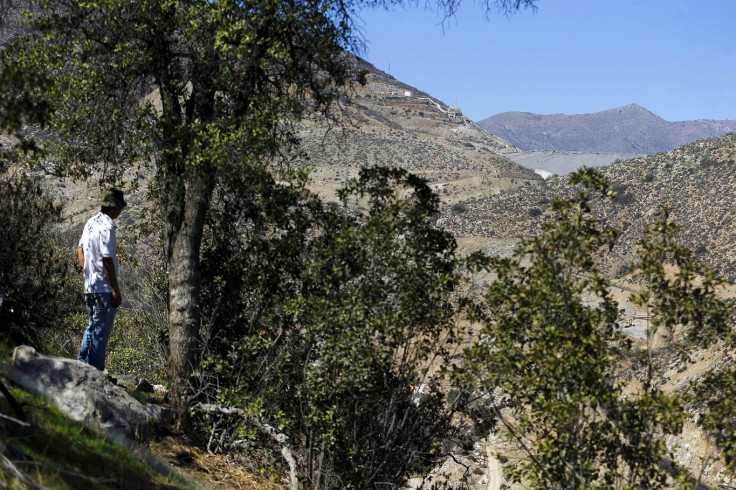Chilean Copper Mines to Rely on Oceans After Rivers Dry Up

Chile is on the verge of losing control over its copper mines as riverbeds dry up. To remedy this dilemma, mining companies are turning to the Pacific Ocean as a contingency plan.
Chile’s Antofagasta Plc is the country’s leading copper mine. It holds processed rock enough to fill 140,000 Olympic-sized swimming pools, as Reuters noted in an article. Antofagasta expressed its worry on the water supply brought by an 8-year drought in Chile. The drought caused the evaporation of the already limited water supply, and Antofagasta has already built canals to redirect rain water to minimise the impact on the stream.
Antofagasta blames another Chilean copper mining company, Los Pelambres, for its excessive water use. “I believe Pelambres is one of the best examples, if we look at everything that has happened, to figure out the weak points in (our) legislation and the way to do things differently,” Antofagasta’s chief executive Diego Hernandez told Reuters.
Chile’s mining industry is expected to reap US$100 billion [$130 billion] worth of investment, half of which is stuck in court or delayed due to permitting issues because local communities and activists are doing their best to block mining projects. Activist Alvaro Badillo gathered 80 followers and help from the state to block the main road that leads to Los Pelambres’ dam for weeks. The blockade was broken up by police, eventually.
To aid the situation, Los Pelambres made a deal with other protestors blocking their mines. In the agreement, it is stated that a public-private partnership will be created to develop a desalination plant and a promise to use seawater in case a mine expansion takes place.
The Atacama Desert in northern Chile is where most mining companies, including White Mountain Titanium Corporation (OTCQB:WMTM), are situated. The Atacama has always been an arid region, though a recent thunderstorm swept the area. Prior to the storm, a drought that began in 2007 had virtually sucked up water reservoirs and rivers in the area, affecting the lives of those who live in nearby communities.
Other mining companies such as Anglo American Plc and BHP Billiton Ltd have already expressed restrictions on water usage in their mines. The restrictions include the water used in toilets and water used for separating metals in the ore from waste truck.
It has been said that these restrictions affect the production in negative ways. Because of this, miners are leaning towards utilising seawater desalination plants so they can use as much water as they need, as well as to provide water to nearby communities.
“There is no big mining project – we’re talking world-class projects – that you can develop up north without using ocean water, desalinised or not, in the future,” added Hernandez in the same Reuters post.
Water is not the only concern of major mining companies in Chile. During the recently held CESCO/CSR event in Santiago, mining executives expressed their concern over high production costs brought by increasing electric costs (11 percent annually since 2009).
“I think Chile can continue to have a huge advantage in mining. We have the deposits, but if we don’t solve, among other things, the fundamental issue of making energy happen at a competitive price, it’s not going to succeed,” said Hernandez during the event, in a report by Mine Web.
To contact the writer: a.lu@ibtimes.com.au





















